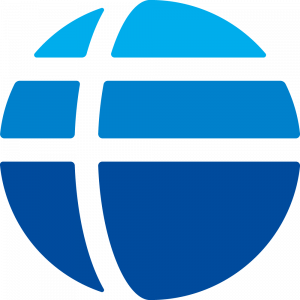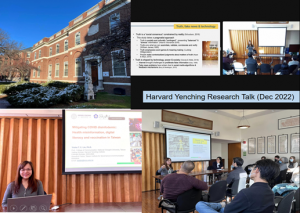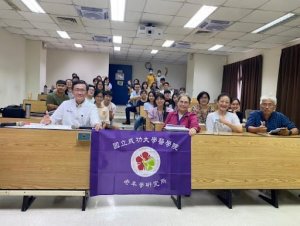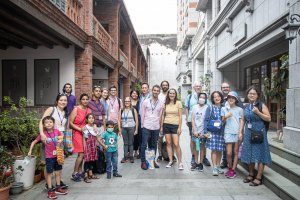Introduction
Gastric cancer is the fourth most-common cancer worldwide and is also the second-largest cause of cancer death. Early detection and prompt treatment remain the best measure to improve patient survival rates. Recent advances in endoscopy technologies, including magnification and narrow-band imaging (NBI), provide clinical doctors with new tools for the early detection of abnormal lesions in the stomach by demonstrating abnormal mucosal surface morphologies. However, the current practice of endoscopy magnification and NBI rely heavily on clinical doctors’ own experiences. Moreover, the meticulous examination of each frame of magnified images in the whole stomach can be very time-consuming. As a result, significant interpersonal variability in the performance of endoscopy diagnosis between individual endoscopy doctors is likely.
This semester, we have collected sample images of both the normal mucosa and the abnormal lesion in the stomach from various patients provided by Dr. Noriya Uedo in Department of Gastrointestinal Oncology in Osaka Medical Center for Cancer and Cardiovascular Diseases, Osaka Japan. Currently, there are 10 normal gastric corpus, 10 normal gastric antrum, and 100 abnormal lesion images in our database.
Two of the computer-aided diagnosis algorithms in endoscopy for automatic detection of high-risk lesions on the magnified NBI endoscopy images are proposed to determine the pattern features. The image features of both the mucosal surface vasculature and surface structures, including tortuosity, dilatation, metamorphosis, fuzziness, light blue crest and microvasculature are defined. These image features are analyzed by using digital image analysis algorithms based on the local binary pattern (LBP) and gray level co-occurrence matrix (GLCM) schemes. In both algorithms, we need to divide all the collected images into two parts: the training images and the test images, in order to test the system performance, which is represented as the accuracy. The training images are used to design the classifier, while the test images are used to verify the effectiveness of the proposed algorithms.
Current Progress
Figures 1 shows the overall systematic block diagrams of the proposed method, which is performed in two steps: first the training and then the testing stages. In the training stage, we perform the selection of region of interest (ROI) for each type of normal and abnormal input images and then segment the image into overlap blocks. The local binary pattern (LBP) feature is determined for each block and represented as a vector. Because the total quantity of the LBP vectors is huge, we adopt the vector quantization (VQ) technique to compress the vectors based on the LBG algorithm in order to avoid the high computation complexity. The codebooks of the LBP vectors for both the normal and abnormal regions thus can be constructed. In the test part of the proposed method, we segment the test image into the same blocks and perform similar steps as in the training stage to obtain the LBP vectors. We then pairwisely determine the Euclidean distance between the vectors in the test image and the codebooks. If the distance is less than a threshold value, which means that the block in the testing image is “similar” (closer in the vector space) to that of the training sets (normal and abnormal images), we then define it as a possible region corresponding to the normal or abnormal class.
In addition to the LBP feature, the GLCM method is also utilized to determine several statistical features for each image block. Figures 2(a) and 2(b) shows the block diagrams of the training stage and the testing stage, respectively, of the proposed GLCM-based algorithm for abnormal lesion detection. In the GLCM, the statistical properties of how often different combinations of pixel brightness values (grey levels) occur in an image block are investigated and are presented in tabular form. In the training stage, several features derived from the matrix are determined and serve as the input of a support vector machine (SVM), which has been well known to obtain good performance in designing a classifier. Given all the training images of both the normal and abnormal types, their corresponding GLCM-based features including (1) angular second-moment, (2) contrast, (3) correlation, and (4) inverse difference moment, are determined as a feature vector, which are then used to construct an SVM. In the test stage, a given test image is similarly processed to obtain the GLCM feature vector. The SVM classifier will perform the classification and obtain the result.
The above mentioned methods are based on the classified images provided by the doctors. However, the number of collected images may be not large enough due to the pattern diversity of the abnormal lesions in early-stage gastric cancer. To deal with this issue, it should be significant to investigate the characteristics of the mucosa structure and their correlations with gastric cancer lesions. According to the clinical physician’s comments, the microvascular architecture and microsurface structure are the two most important features in their diagnosis. Therefore, we try to determine both the features from the collected 100 abnormal images, in which the lesions have been noted by the doctor and are shown within a white contour. The microvascular architecture of a lesion include dilation, tortuosity, difference of caliber, and variation in shape, while the microsurface structure includes the irregularity (tortuosity, difference of caliber, variation in shape) and disappearance of structure. Figure 3(a) shows the different types of structure in both cases. The dilation means an extended width. The tortuosity describes the vessel curves. In Fig. 3(b), a table is used to denote the irregularity of both the cases in a given abnormal image.
We are currently engaged in the task of vessel segmentation from the images. As shown in Fig. 3(b), the vessels in the image are not easy to be extracted since the background has similar color distributions. We here also propose a vessel segmentation algorithm to automatically extract the vascular network inside the image. Figure 4 shows an example of the vessel extraction results. A color image is transformed into a grayscale image. Then the morphological erosion operations with the structural elements of sizes 5×5 and 3×3 are sequentially applied onto the grayscale image. A threshold value is selected based on the image histogram to generate a binary image. Another binarization process is applied onto the black regions in the previous image. Finally, the vessel segmentation result can be obtained. This shows that most of the vessels are successfully detected in the proposed method. A quantitative scheme will be used to evaluate the accuracy of the segmentation result. Based on the extracted vessels, we will determine the features corresponding to the irregularities defined in Fig. 3(a).
Post Views: 3,219
